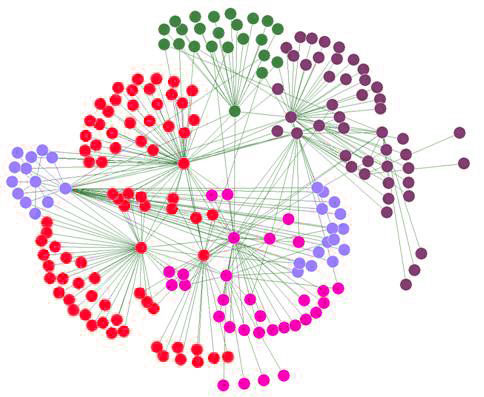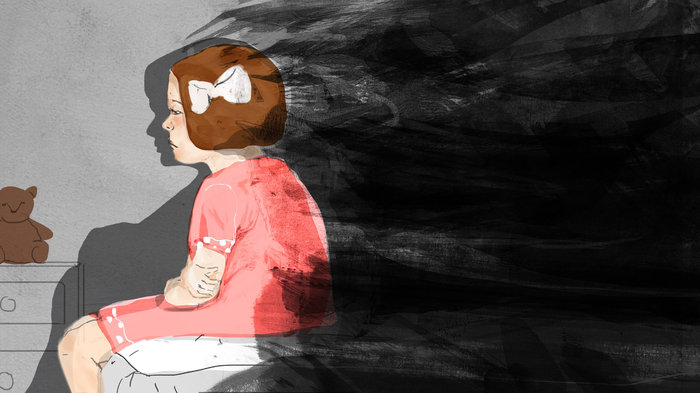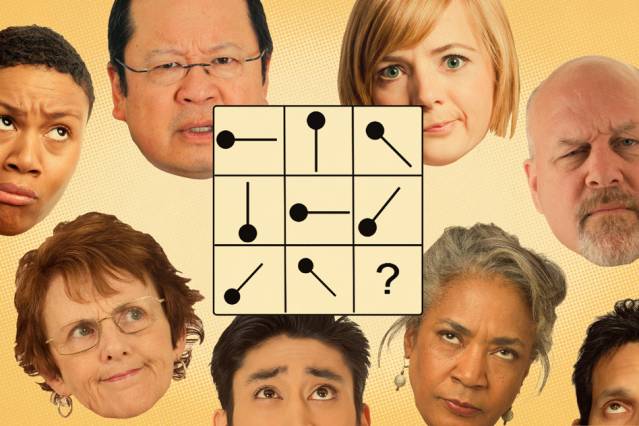"Children believe it when their parents tell them that they are more special than others. That may not be good for them or for society."The study is the first of its kind to follow children over time to examine how narcissists evolve. The researchers followed 565 children in the Netherlands who were between 7 and 11 when the study started. This is the critical age when narcissists emerge.
The children were tested for typical personality traits of narcissists, like thinking you are better than other people. The children's parents were also asked about their children. Professor Bushman explained that his research had changed his own parenting style:
"When I first started doing this research in the 1990s, I used to think my children should be treated like they were extra-special. I'm careful not to do that now. It is important to express warmth to your children because that may promote self-esteem, but overvaluing them may promote higher narcissism."













Comment: See also: No surprise there: Study reveals men more narcissistic than women
On the one hand, many parents overvalue their kids, potentially turning them into selfish brats as adults. On the other hand, abuse is rampant: Family secrets can make you sick: The link between childhood abuse and health
We just can't seem to make it work as a species, can we?